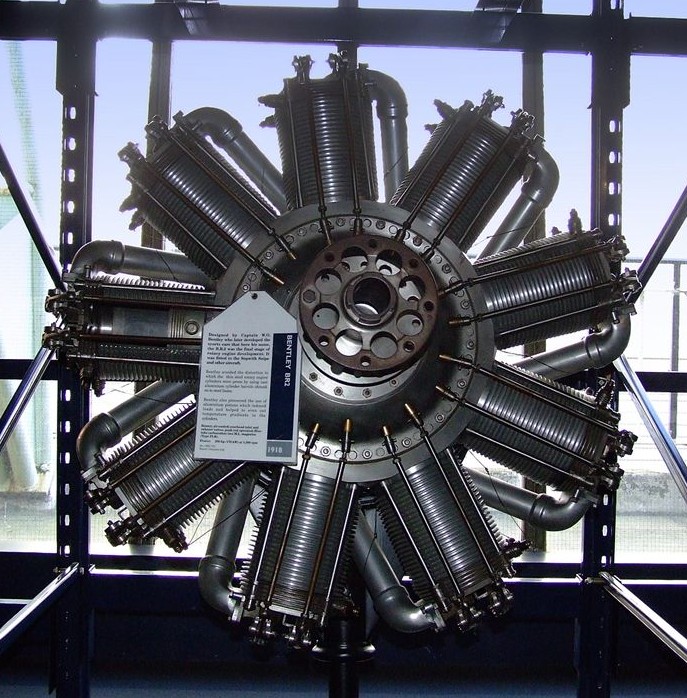Rohan does have hairs on his chest

, after all . He DOES own a TRIUMPH . 8) :wink:
Thought the ' 100 mph ' dig would get a responce , from someone we wont mention . :wink:
inferance , was more ' in that general direction ' . Certainly the smoother roads arnt going to make it any more difficult .
Pistons , well , in a 90 degree V twin , heavy ones would increase rotational inertia .
" In 1912 W.O. joined his brother Horace Millner Bentley in a company called "Bentley and Bentley" selling French DFP cars. "
" On a trip to the DFP factory in France he noticed an aluminium piston being used as a paperweight by one of the company directors. He adapted his own DFPs with this revolutionary material and drove them to one racing triumph after another. Indeed, these lightweight pistons quickly became the “secret ingredient” of Bentley success with his conservative competitors continuing to regard aluminium as too weak to withstand the inferno of the engine block. "
Note , the ' aluminum piston ' was just an oddity ( ashtray / ) and not an operational component , on discovery . ( thought picture worth incudeing . )
" A twenty-two year old obsessed by speed and its potential for changing the world. An engineering genius with an intuitive grasp of the dynamics of the amazing new internal combustion engine. Put those images together with a precocious visionary who believed nothing was impossible and you have some sense of W.O. Bentley on the brink of creating a legend in his name. And just one more thing. He liked to win. "
" At the outbreak of the Great War (1914-18), 'Captain' Bentley designed two new aero engines - BR1 and BR2 (Bentley Rotary) incorporating pistons made of aluminum, which he had fitted to his DFP racing cars. The Bentley aircraft engines became regarded as the most reliable then available "
A rotary engine installed in a Camel.
And a Monosoupape Gnome . " Much beloved because it had so few parts and thus less weight and less to go wrong. " :shock:
Biggum Injuns .
http://forum.woodenboat.com/showthread. ... ft-engines

